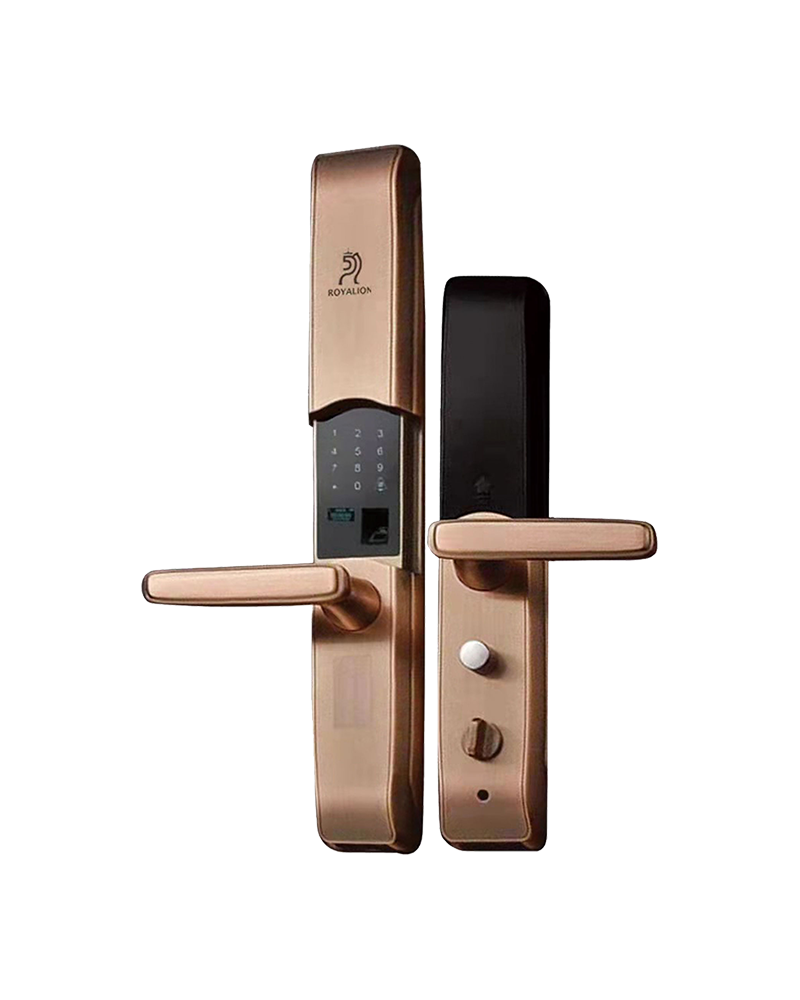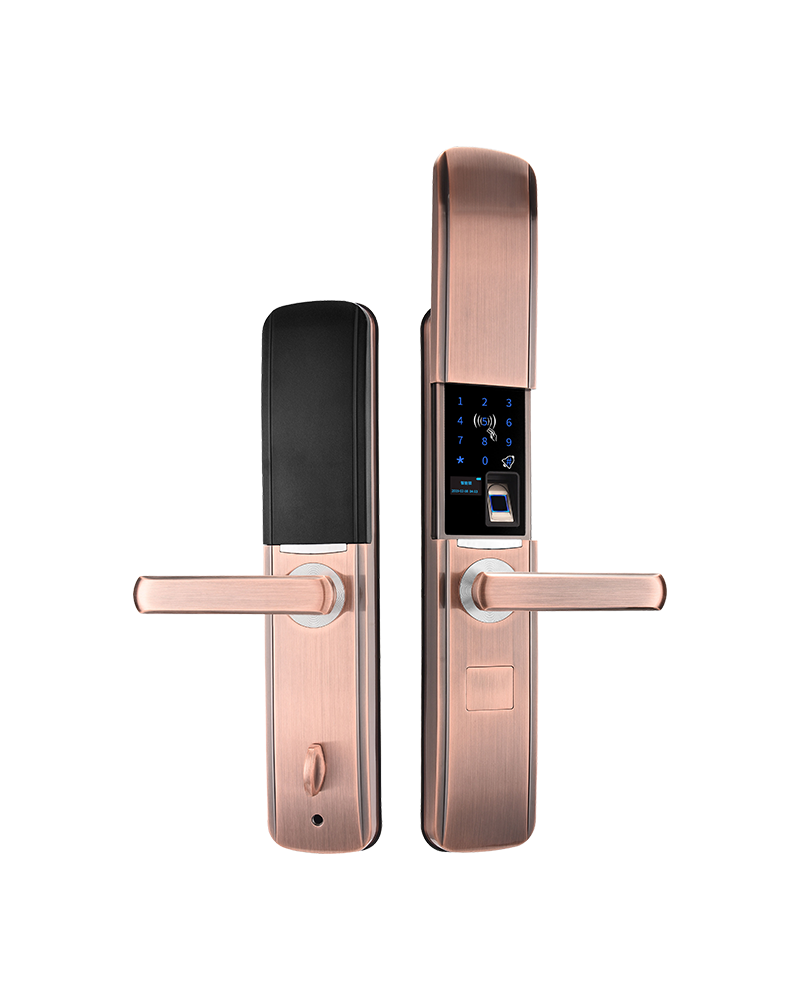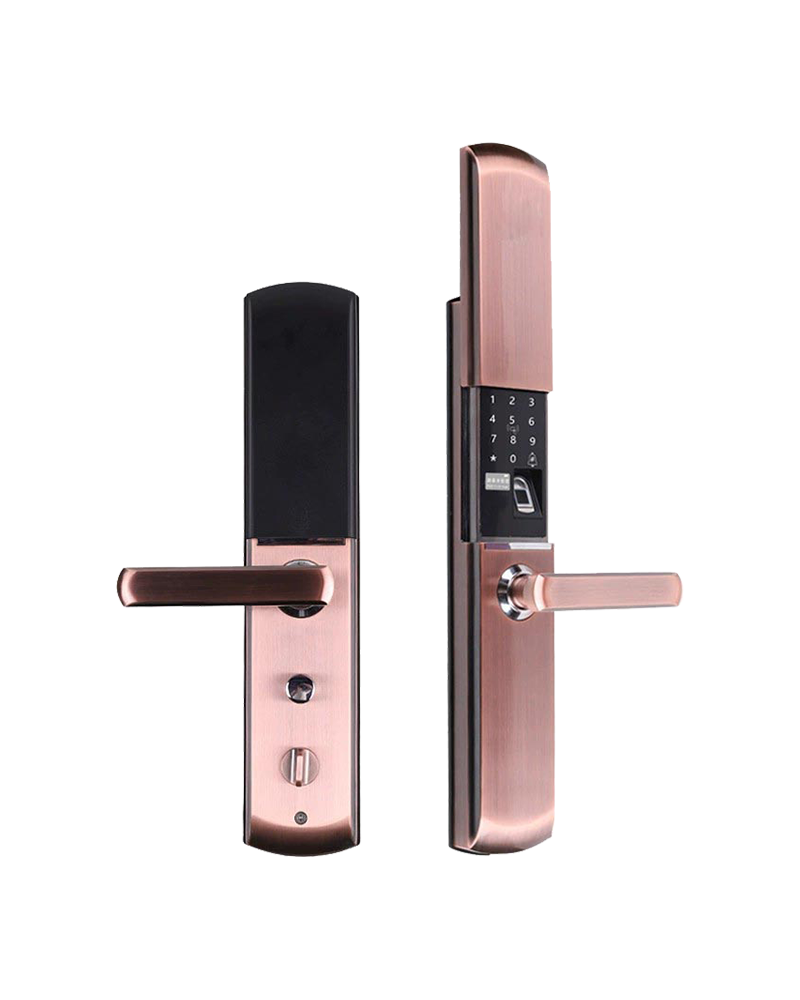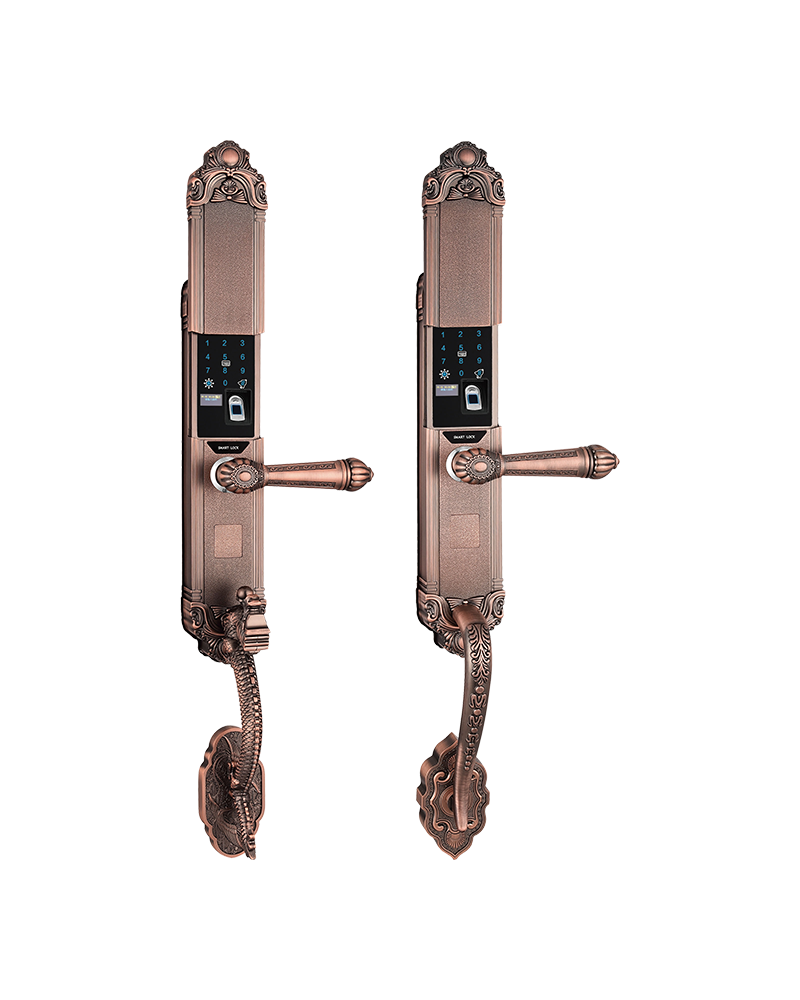Wholesale remote control door lock producer
The beauty of remote control door locks lies in their ability to grant or restrict access with the simple push of a button. Museum staff can manage visitor flow effortlessly, allowing groups to enter specific exhibits while keeping others securely closed. This dynamic control is essential in protecting sensitive artifacts from potential damage or theft. With remote control door locks, the museum can maintain a delicate balance between accessibility and security, ensuring that every visitor has a memorable experience without compromising the integrity of the exhibits.
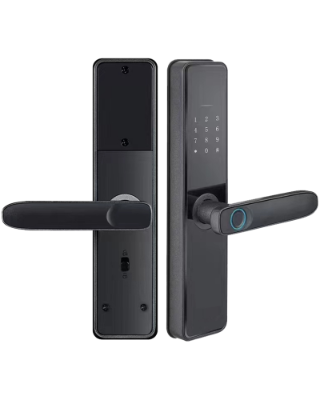
Consider the scenario of a special exhibition opening. As guests arrive, the museum staff can use remote control door locks to unlock designated areas, welcoming visitors into a world of art and history. The ease of operation allows staff to focus on engaging with guests rather than fumbling with traditional keys. Moreover, in the event of an emergency, these locks can be quickly disengaged, facilitating a swift evacuation while ensuring that unauthorized individuals remain outside.
The integration of remote control door locks also enhances the museum's operational efficiency. Staff members can monitor access points from a central location, adjusting permissions as needed. This capability is particularly beneficial during high-traffic events, where managing visitor access can become a logistical challenge. With remote control door locks, the museum can adapt to changing circumstances, ensuring that security protocols are upheld without hindering the visitor experience.
Furthermore, remote control door locks can be programmed to operate on a schedule. This feature allows museums to automate access during off-hours, ensuring that only authorized personnel can enter the premises. Such automation not only enhances security but also reduces the burden on staff, allowing them to focus on their primary responsibilities. The ability to control access remotely means that museum administrators can respond to security concerns in real-time, adjusting access as situations evolve.
In addition to their practical applications, remote control door locks also contribute to the overall aesthetic of the museum. Unlike bulky traditional locks, these modern solutions can be discreetly integrated into the museum's design, preserving the visual appeal of the exhibits. Visitors can enjoy the beauty of the artifacts without being distracted by outdated security measures. The sleek design of remote control door locks complements the sophisticated atmosphere of a museum, reinforcing the notion that security can be both effective and unobtrusive.
Moreover, the implementation of remote control door locks fosters a sense of trust among visitors. Knowing that the museum employs advanced security measures allows guests to relax and immerse themselves in the experience. This trust is crucial in encouraging repeat visits and positive word-of-mouth recommendations. When visitors feel secure, they are more likely to engage with the exhibits and participate in educational programs, ultimately benefiting the museum's mission.
As technology continues to evolve, the role of remote control door locks in museums will only become more significant. Future advancements may include biometric access systems, further enhancing security while streamlining visitor entry. The potential for integration with mobile applications could allow visitors to unlock certain areas using their smartphones, creating a truly interactive experience.
Remote control door locks represent a pivotal advancement in museum security and visitor management. Their ability to provide flexible, efficient, and aesthetically pleasing access control solutions makes them an invaluable asset in the modern museum landscape. By embracing this technology, museums can ensure the safety of their collections while offering an enriching experience for all who walk through their doors. The future of museum security is bright, and remote control door locks are at the forefront of this evolution, safeguarding our cultural heritage for generations to come.

 English
English Español
Español